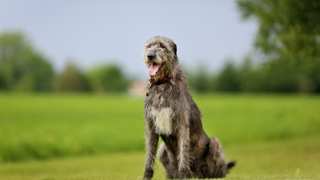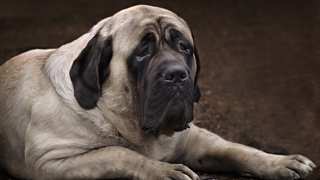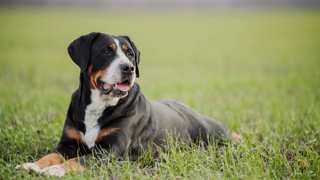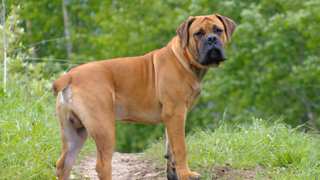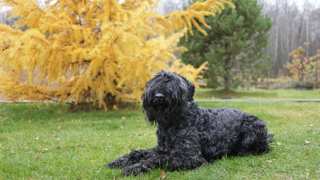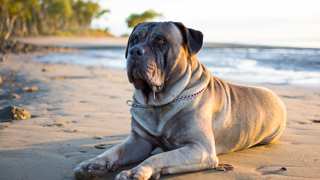As a giant-sized, fast-growing breed, the Great Dane diet will need to include plenty of animal proteins and carbohydrates for energy, vitamins and minerals for digestive and immune health, and omega fatty acids for coat and skin wellness. This means the best Great Dane dog food is premium dry kibble, as it has balanced portions of the above-listed ingredients. It's also important that owners give their GDs food formulated for giant breeds, especially GD puppies and adolescents. These specific foods are tailored to this breed's dietary needs, and don't affect young GDs' growth processes. (For the same reason, veterinarians advise against giving these dogs dietary supplements like calcium.)
And a couple of premium food brands deserve special mention. One is Gentle Giants Dog Food, which supplies your GD with the perfect balance of nutrients. (The Gentle Giants company, interestingly enough, was started by actor Burt Ward, who played Robin in the original Batman TV series.) There have been many a great Gentle Giant Dog Food review--and for those looking to purchase Gentle Giants Dog Food, Walmart and other superstores carry the products. Another noteworthy brand is Royal Canin, whose Royal Canin Great Dane food line is tailored specifically for this breed.
Regardless of brand, owners will definitely need to stock up on dog food for Great Danes! Just how much do Great Danes eat? An adult GD, depending on its age, size, and activity level, will need as much as eight cups of premium dry food per day, divided into two meals. Portions of food for Great Dane puppy dogs is actually only slightly less: again depending on age, about six cups per day, divided into three meals (not two) until nine months of age.
For more info on feeding a Great Dane puppy through to maturity, see this Great Dane feeding chart:
Dog AgeDog WeightFood TypeAmountFrequency3 Months20 lbsDry (Puppy formula)1 cup3x/day5 Months40 lbsDry1½ cups3x/day7 Months80 lbsDry2 cups3x/day9 Months110 lbsDry3½ cups2x/day12 Months130 lbsDry* (Puppy/Adult)4 cups2x/day15 Months+150 lbsDry (Adult formula)4 cups2x/day*--Around this time, transition to adult food by first mixing in a bit of adult formula with the puppy formula. Over the course of a week, with each meal add a bit more adult food to the mixture, until the dog is eating it entirely.
If possible, try and stick to the above-listed portions. Though these dogs don't have a particularly high tendency for obesity, GDs can certainly become overweight if constantly overfed (and under-exercised)--and a fat Great Dane will have numerous health problems and an even shorter lifespan. You can help control your GD's weight by establishing consistent feeding and exercise schedules, by not feeding the dog table scraps (and easy on the Great Dane treats!), and by not leaving food in the dog's bowl all the time, but instead measuring the portions and picking the bowl up after meals.
If you're concerned that your GD is overweight, try reducing the dog's food consumption by one-fourth, and dding an extra walk or play period to its daily exercise schedule.

